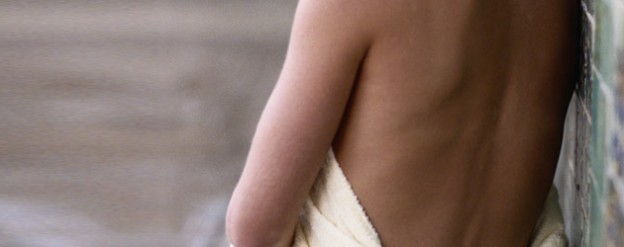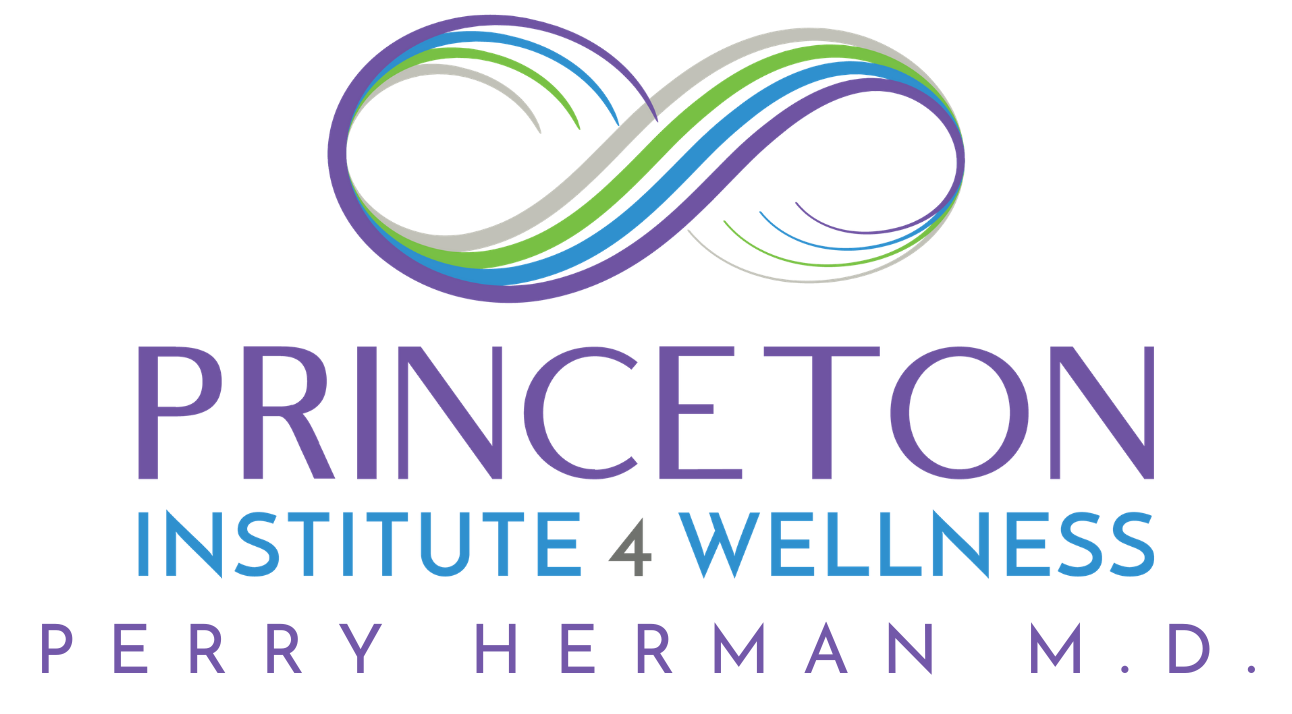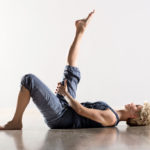
Scoliosis
An unfortunate fact in the world we’re living today is that adult scoliosis is often overlooked, if not misdiagnosed, as it is fairly common and have always been thought of as something that’s benign. The curvature of the spine increases with age, but due to the fact that is not correlated to the disease, many people have decided to just live with it.
Termed “Adult Scoliosis Syndrome,” this disease has several findings, which are outlined below:
- Chronic or acute pain along the flank due to the persistent muscle stress in the maximal curvature region.
- Frequent pain in the lower back regions that can extend upward along the spine’s muscles
- One leg is longer than the other, due to the pelvis following the curvature of the lower spine that is connected via tendons and ligaments. As such, one side of the pelvis becomes elevated, causing the appearance of one longer leg than the other, when they are in fact of the same length.
- Because one side of the pelvis is higher than the other, an unusual pressure is felt on the muscles of the buttocks. Often, the side that’s higher will have spasms to due to the abnormal stress on the muscles.
Diagnosing Adult Scoliosis
Dr. Herman, a Plainsboro Township New Jersey Physiatrist, will recommend an x-ray of the whole spine and pelvic area for patients believed to have scoliosis. From the result of the x-ray, an evaluation of the spine’s macrostructure will take place in order to determine:
- The magnitude of the curvature
- The severity of scoliosis
- If the patient would benefit from using a heal lift inserted in the shoe in order to pan out the pelvic tilt and correct it
Most patients diagnosed with adult scoliosis would need a large lift. However, due to the limitations of most shoe designs, only 1/2 lift can be accommodated. Anything greater than that can cause problems in the ankle. Should a patient need greater than a 1/2 lift, the outside of the shoe will have to be augmented to accommodate a larger lift.
Compensatory Spine Curvature
A compensatory spine curve is a term used to describe the condition of the spine that has more than one region affected. The affected regions are often found in the higher part of the spine. When the curvature is located high up, it can greatly affect the muscles of the neck and the positioning of the scapulae resulting in shoulder, upper back, and neck pains.
If you check in the mirror, you will notice the unevenness of either the top of your shoulders or your hips. If you can look at your spine using two mirrors, you may even notice the curvature. The curve on the upper spine can cause neck and shoulder pain because of the altered positioning of the scapular stabilizing muscles.
It is therefore important to seek out a physiatrist who can help you with your spinal problems and detect if you indeed have scoliosis or not. It is important to seek treatment as early as possible to prevent worsening the condition.
According to Dr. Herman, the earlier a patient seeks medical treatment for scoliosis, the faster and better the results of the treatment.
Scoliosis can now be treated painlessly, safely, and effectively without surgery
Book Appointment
Quick Contact
- Address 666 Plainsboro Rd Building 1200, Suite 1210Plainsboro, NJ 08536
- Phone 609-655-1500




